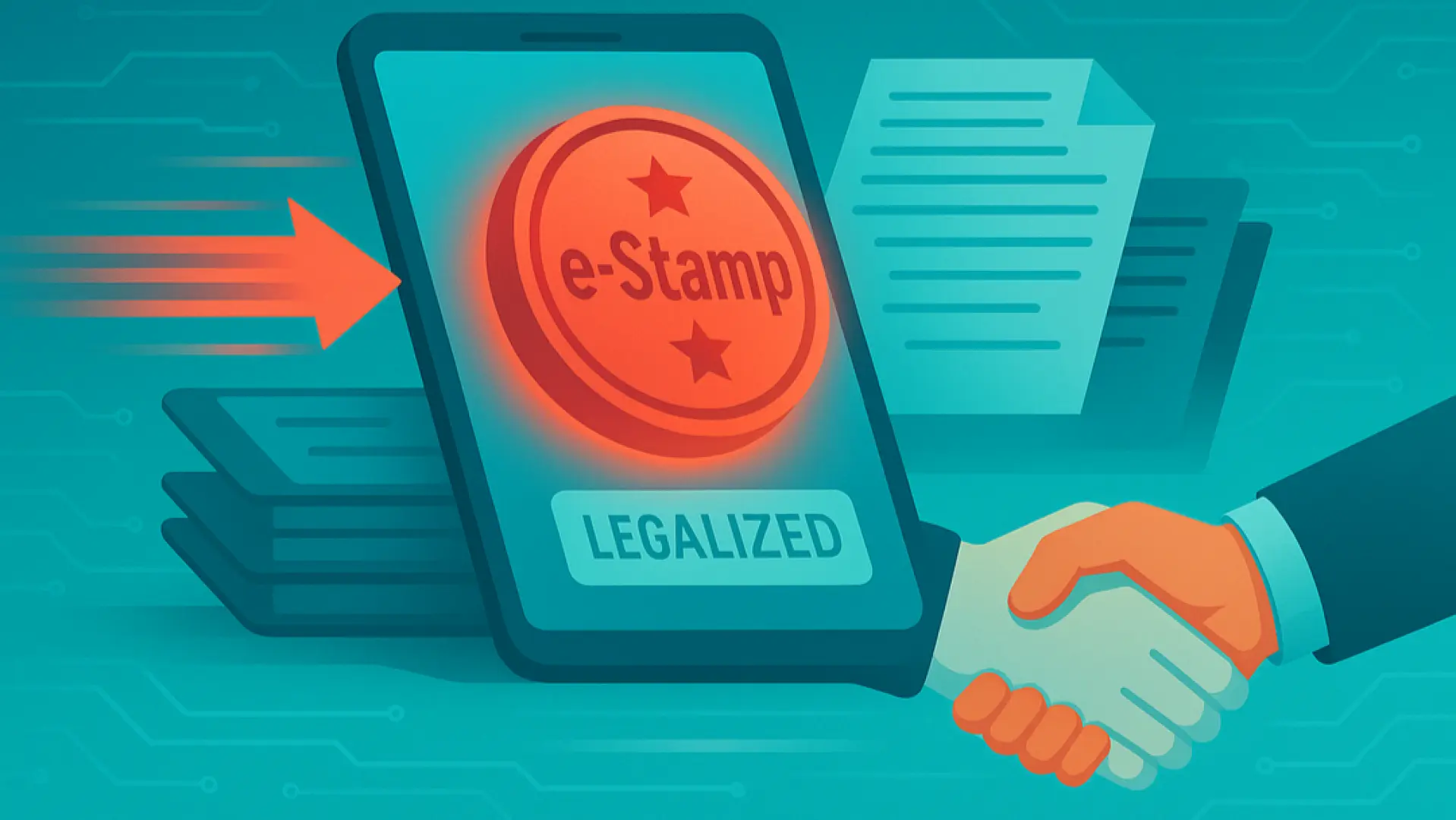E-stamps have transformed how businesses and individuals handle official documents. They offer speed, security, and convenience, removing the need for physical stamps or trips to government offices. Whether you’re signing contracts, validating invoices, or processing legal agreements, e-stamps help keep your documents compliant and verifiable.
However, misuse can lead to wasted money, invalid paperwork, or legal disputes. Below are the most common mistakes when using e-stamps—and how to avoid them.
1. Applying E-Stamps to Invalid or Non-Binding Documents
The Problem:
Using e-stamps on documents that don’t legally require them wastes resources and offers no legal benefit.
Why It Happens:
Many users think stamping any document makes it more official, without checking actual legal requirements.
How to Avoid It:
- Check official guidelines or consult legal counsel.
- Know which documents require e-stamps (e.g., property deeds, loan agreements).
Example:
A small business owner stamped every supplier invoice “just to be safe,” wasting hundreds of dollars.
2. Using Expired or Revoked Credentials
The Problem:
E-stamp transactions require active credentials. Expired or revoked accounts make stamps invalid.
Why It Happens:
Users forget to renew credentials or ignore system alerts.
How to Avoid It:
- Review your account status regularly.
- Set reminders for renewal dates.
- Keep contact info updated to receive alerts.
Example:
A law firm processed property agreements using an expired account, delaying deals for weeks.
3. Buying E-Stamps from Unauthorized Sellers
The Problem:
Fraudsters sell counterfeit e-stamps, often at “discount” prices, leading to invalid documents.
Why It Happens:
Cost-conscious buyers fall for offers from unverified sellers.
How to Avoid It:
- Buy only from authorized platforms or distributors.
- Verify seller credentials against official lists.
Example:
A construction company bought 100 “discounted” e-stamps online—none were valid, triggering an investigation.
4. Incorrect Placement or Reuse of the Same E-Stamp
The Problem:
Misplaced stamps or reusing one stamp across multiple documents can make them invalid.
Why It Happens:
Users are unfamiliar with digital tools or try to cut costs illegally.
How to Avoid It:
- Follow placement instructions exactly.
- Remember: one e-stamp = one document.
- Use software with built-in placement guidance.
Example:
An insurance firm reused a stamp across multiple claims, resulting in rejections.
5. Ignoring Technical Compatibility Issues
The Problem:
Some documents or systems can’t read the e-stamp’s encryption, making verification impossible.
Why It Happens:
Users assume all formats and platforms are compatible.
How to Avoid It:
- Confirm platform compatibility before stamping.
- Test verification on sample documents.
- Keep software updated.
Example:
A multinational’s contracts couldn’t be verified by a foreign partner due to incompatible formats.
Final Thoughts
E-stamps are a secure, efficient tool—but only if used correctly. Avoiding mistakes like stamping unnecessary documents, using expired credentials, buying from unauthorized sellers, misplacing stamps, or ignoring compatibility issues can save time, money, and legal trouble.
With proper knowledge and precautions, you can ensure every e-stamp you apply is valid, secure, and beneficial for your business.

